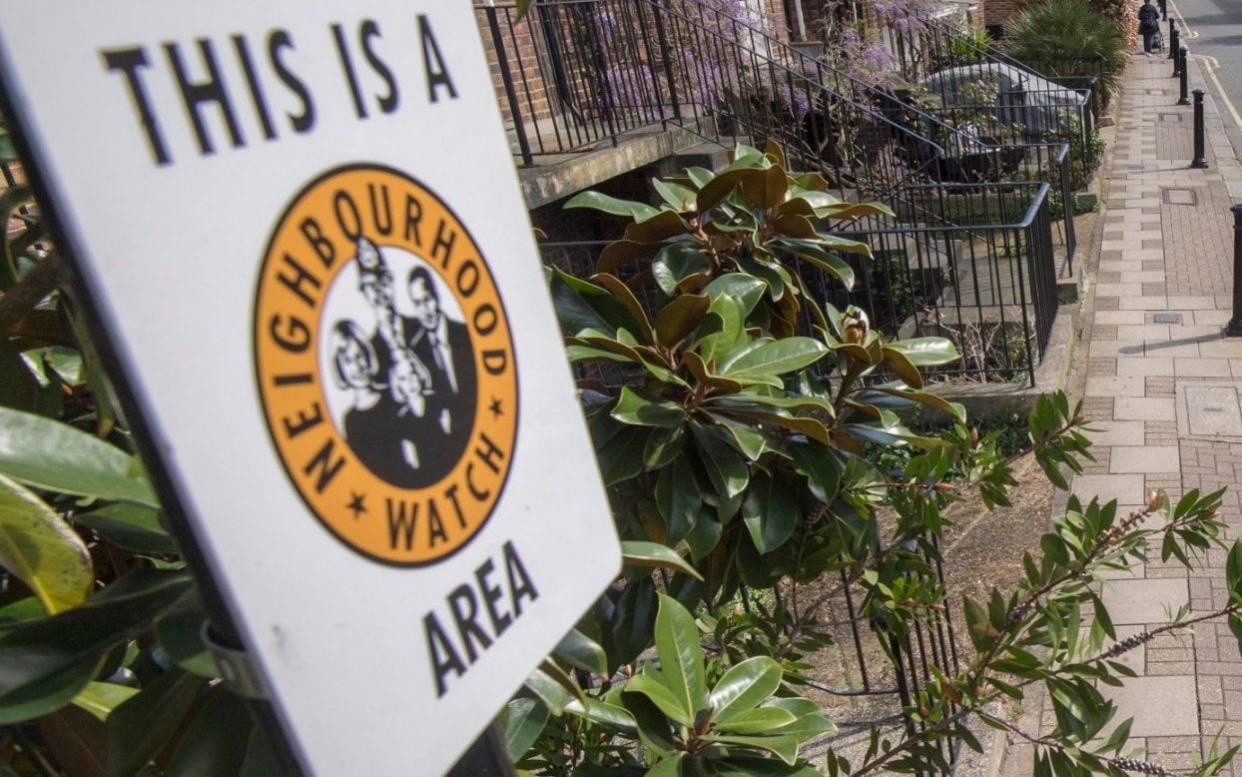Pet owners helping solve burglaries and thefts in 'dogwatch' schemes

'Dogwatch' schemes are replacing traditional neighbourhood watches, with police increasingly calling on Britain's early risers to help solve burglary and theft cases.
Dog walkers in Hampshire, Essex and Bedfordshire are being urged to report any suspicious behaviour they see while out with their pets.
Forces say they are more likely to witness potentially criminal activity due to the unusual times they go out and the fact that they take similar routes every day, so will be able to recognise unfamiliar faces or behaviour.
Hampshire Constabulary became the latest force to launch a dedicated scheme in the New Forest earlier this month.
Walkers were asked to report suspicious activity or vehicles, graffiti and vandalism, fly-tipping, hare coursing and livestock worrying to the police or appropriate partner agency.
The move will be seen as an attempt to crack down on perpetrators escaping justice.
Theft and burglary are of particular concern, with recent figures showing just one in 500 cases are being solved in areas of Britain.
It comes as membership of neighbourhood watch schemes plummets. In 2015, the Neighbourhood Watch movement reported a 37 per cent decline in membership in the previous 12 years.
The Telegraph recently revealed how police chiefs were effectively "screening out" low level crimes such as shoplifting, pickpocketing and theft if there were no witnesses.
Dog walkers have previously helped police make some sinister discoveries.
In 2014, Barbara Denham found the bodies of two victims of convicted serial killer Stephen Port while exercising her dog.
Inspector Korine Bishop, from Hampshire Constabulary’s Country Watch team, said: "Dog walkers are the first people out in the mornings and the last ones out at night, so they are often in a position to notice anything suspicious.
“The scheme is not asking for members to intervene, but just to report anything that does not look right to the relevant authority.
“This is an excellent opportunity to develop a closer relationship with the dog walking community around the Forest so, together with our partners, we can make our neighbourhoods safer.”
Essex Police, Bedfordshire Police and the Met's neighbourhood team in Bexleyheath all run similar schemes.
Bexley Borough Neighbourhood Watch Association Secretary, Claire Tack, said: “Our members helped to stop a burglary in progress by identifying a green jaguar as a suspicious car left running outside a house. Arrests were made.”
Bedfordshire Police has now extended its scheme to horse-riders who may trek through areas not covered by dog walkers.
The Telegraph disclosed earlier this month that just one in 500 thefts (0.2 per cent) resulted in a charge in Suffolk last year, according to Home Office data.
Just 0.3 per cent of thefts were solved in Gloucestershire and by the City of London, and 0.6 per cent in Warwickshire.
Meanwhile police are failing to identify suspects in 58 per cent of vehicle crime cases - of which there were 375,000 incidents up to October last year.

 Yahoo News
Yahoo News 
